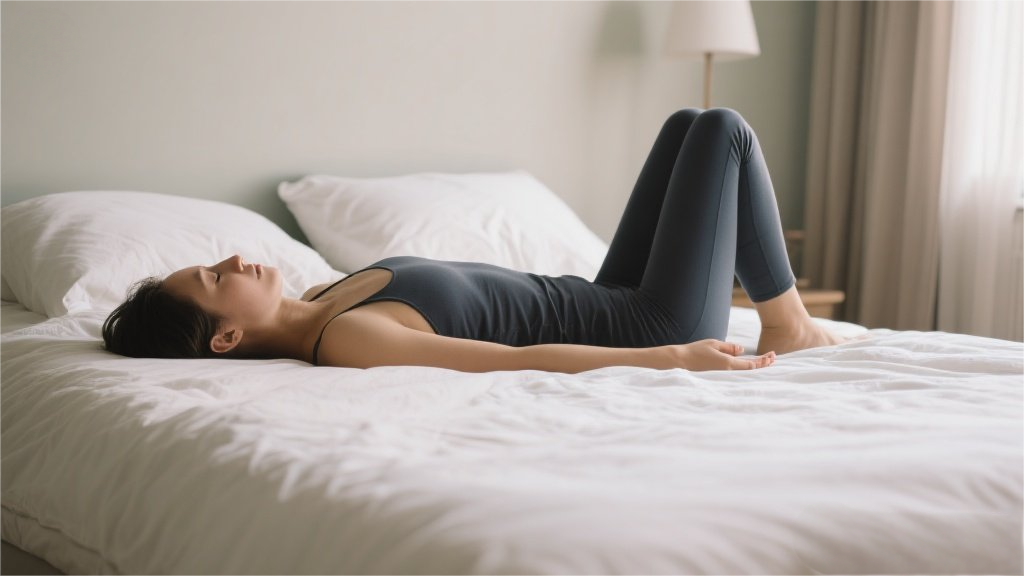If you're lying awake at 3 a.m. with your brain stuck on a hamster wheel of worries, you're not alone. I spent years trapped in that exhausting cycle—until I discovered the power of sleep journaling. This simple habit transformed my restless nights from a battleground of anxiety into a space for clarity and calm. It's not magic, but it sure feels close when you finally break free from the grip of sleeplessness.
The Midnight Mind Trap
That brutal 3 a.m. wake-up call isn't just bad luck—it's science. Our sleep cycles naturally dip into lighter phases in the early morning hours, making us prone to waking. For chronic overthinkers like me, this biological quirk becomes a playground for anxiety. The silence amplifies every "what if," and before you know it, you're mentally rehearsing awkward conversations from 2012. Sleep journaling works because it externalizes those mental tornadoes. The act of writing forces your racing thoughts to form coherent sentences, which ironically makes them lose their grip on your nervous system. It's like hitting pause on your brain's overzealous alarm system.
How to Journal Your Way Back to Sleep
Forget Instagram-perfect bullet journals—this is about function, not flair. Keep a notebook and pen within arm's reach of your bed (blue light from phones sabotages melatonin). When anxiety strikes, write without filtering: "I'm terrified the client will hate my presentation" holds less power on paper than it does ricocheting in your skull. Pro tip: Pair each worry with a practical next step ("Email the slides to Jim for feedback by noon"). This tricks your brain into feeling proactive, not helpless. Over time, you'll notice patterns—maybe financial stress or relationship tensions keep surfacing—which helps you address root causes during daylight hours.
The Neuroscience Behind the Pen
Here's why scribbling at 4 a.m. actually works: Writing engages your prefrontal cortex, the logical CEO of your brain. This temporarily overrides the amygdala's panic mode. Studies show expressive writing lowers cortisol levels within 15 minutes—faster than most sleep aids kick in. The physical motion of handwriting (versus typing) also creates a somatic rhythm that mimics relaxation techniques. One Harvard study found participants who journaled before bed fell asleep 28% faster. My personal breakthrough came when I started ending entries with "Tomorrow me can handle this"—a psychological handoff that silenced my inner control freak.
When Journaling Needs Backup
While my notebook became my MVP, I learned to pair it with other sleep hygiene hacks. If my hand cramps mid-vent, I switch to voice memos (whispered to avoid fully waking). For recurring themes like work stress, I dedicate a daytime "worry window" to problem-solve so my brain knows these issues have designated airtime. Temperature matters too—keeping my bedroom at 65°F with weighted blankets helped my body recognize it was safe to power down. And yes, I eventually saw a sleep specialist who confirmed journaling was effectively short-circuiting my fight-or-flight response.
Two years into this practice, I still wake occasionally—but now I reach for my journal like a life raft instead of my phone. The pages hold everything from half-asleep epiphanies to grocery lists, proof that not every thought deserves a spotlight in my nervous system. Some nights I only need to write three lines before my eyelids get heavy; other times I fill pages like a caffeinated novelist. The victory isn't in perfect sleep (that's a myth), but in rewiring my response to wakefulness. Turns out, the secret wasn't learning to sleep better—it was learning to be awake better.
























